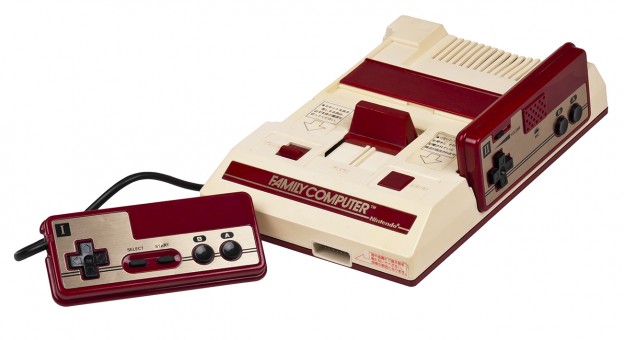Hiroshi Yamauchi has died. Yamauchi came to power at Nintendo in 1949 at age 22, replacing his grandfather as head of the company after the elder suffered a stroke. Even so young, Yamauchi showed the iron will he would become infamous for, insisting that other family members in the company be fired, as well as quickly purging executives who refused to take him seriously.
Nintendo’s fortunes had come from the manufacture of playing cards ever since its inception in 1889. In the later part of the 60’s, Yamauchi took steps to expand the company into toys and games, creating an R&D department within Nintendo to develop such products. At the head of this group Yamauchi put a maintenance man with the name of Gunpei Yokoi, an enthusiastic tinkerer with an uncanny knack at creating new products out of older technology. With success after success, Nintendo would come to dominate the toy market in Japan. Later, as Yamauchi took notice of the new technology coming out of the States in the mid-70’s, they would do the same with video games.
With an almost preternatural ability to pick both talented designers and the games and systems they produced, hardly anything made by Nintendo reached store shelves without Yamauchi’s approval. When the company’s U.S. subsidiary floundered in the early 80’s and begged for a new hit game to sell, it was Yamauchi who took the chance on a young artist unproved in game design to come up with a product. The game was named Donkey Kong, and its creator was Shigeru Miyamoto.
After issuing orders to create a cartridge-based home console called the Famicom (Family Computer) that met with great success in Japan, Yamauchi would set his sights on conquering the American market. Undaunted by the toxic landscape created by the total collapse of the U.S. video game market in 1983-84, Yamauchi insisted on selling the Famicom to American homes as the Nintendo Entertainment System (NES) in 1985. The system would single-handedly resurrect the video game industry from cindered ashes back to billions of dollars in sales, and make Nintendo a word synonymous with video games, as Atari had been before it.
After 55 years at the helm, Yamauchi was succeeded as Nintendo president in 2002 by Satoru Iwata. He remained the company’s largest individual shareholder until his death, at the age of 85. While he may have ruled Nintendo with an iron fist, the company he drove from Japanese playing card manufacturer to globally dominating video game giant is now mourning his loss.
You can read the history of two great products with Yamauchi’s stamp on them here at The Dot Eaters:
The History of Donkey Kong
The History of the Famicom

















